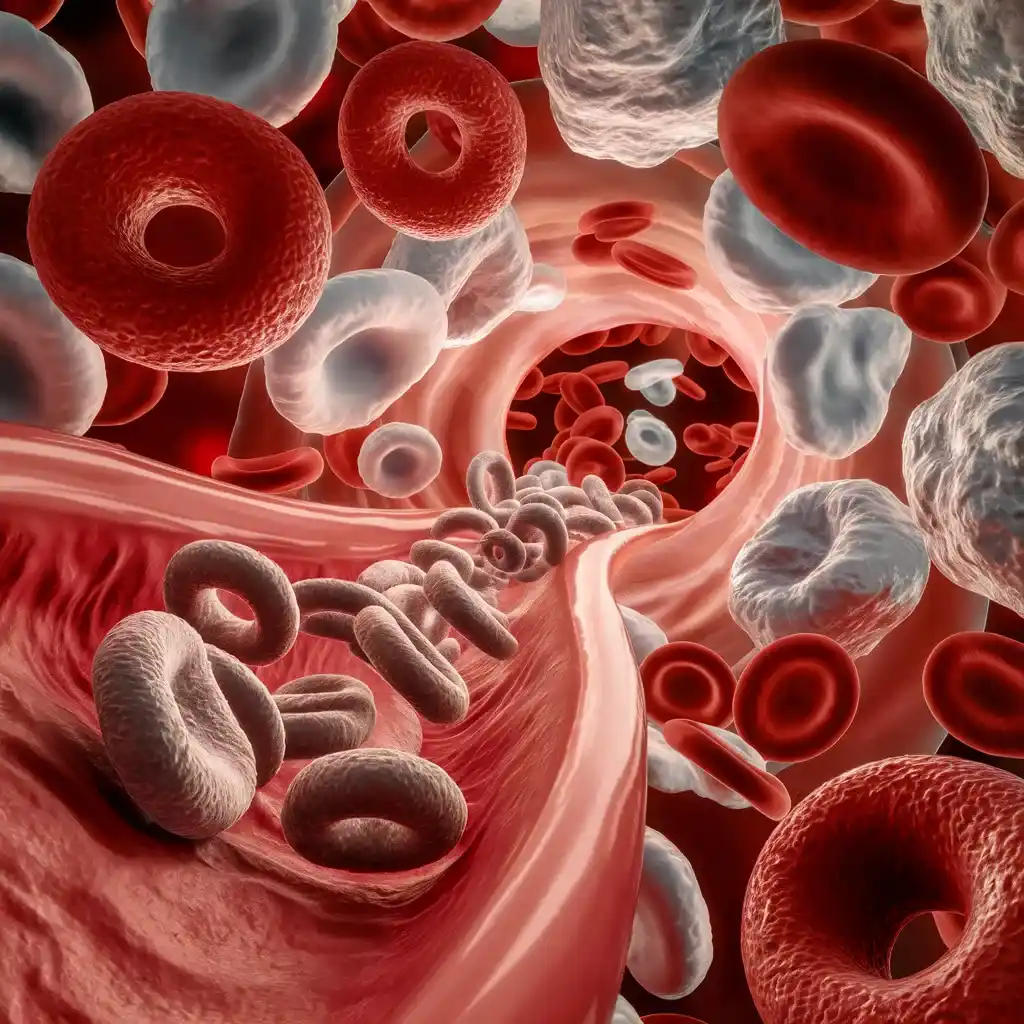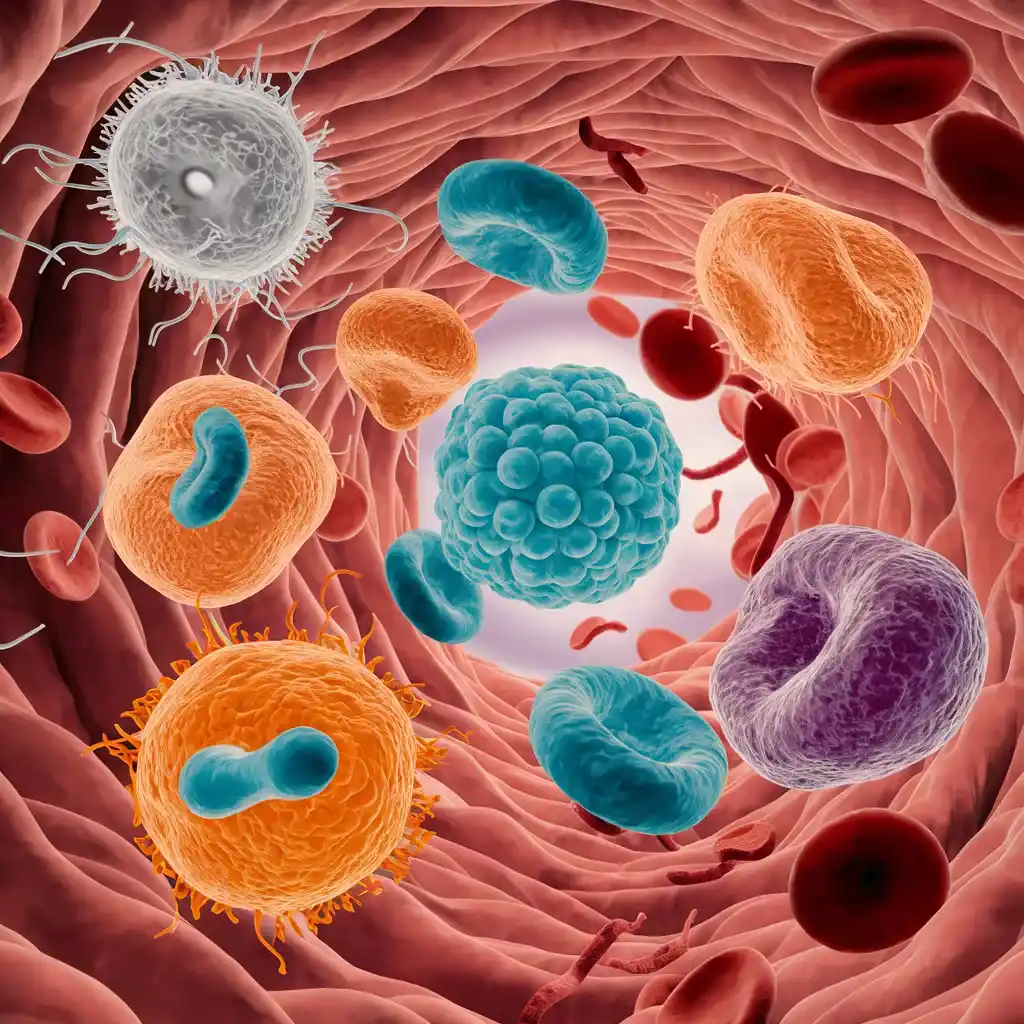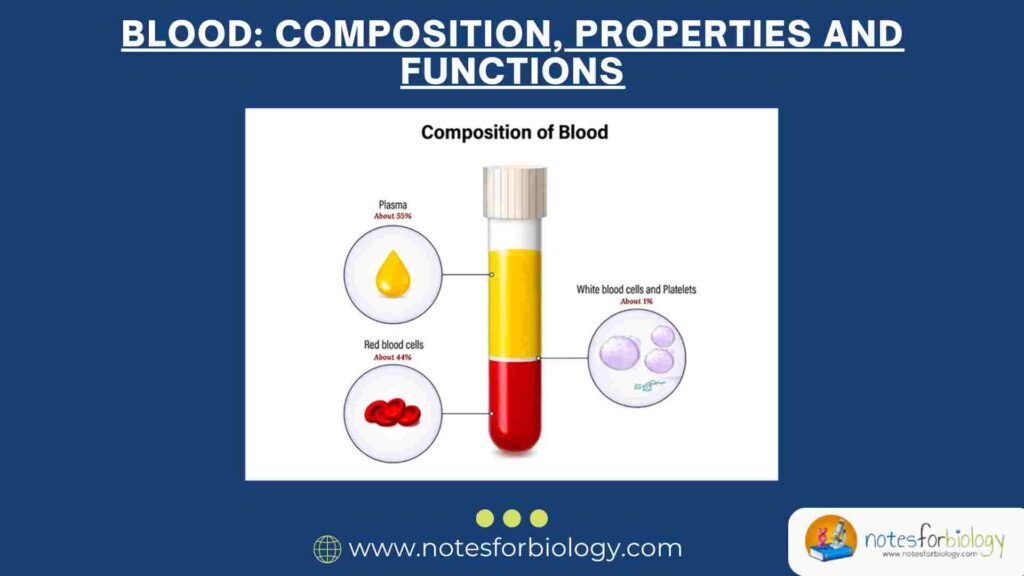Blood is a specialized bodily fluid that circulates through the cardiovascular system, consisting of the heart and BLD vessels. It plays a crucial role in maintaining homeostasis, delivering essential substances to cells, and removing metabolic waste products. It is a specialized biological fluid that circulates throughout the cardiovascular system, which includes the heart and BLD vessels. It is critical for maintaining homeostasis, providing necessary nutrients to cells, and eliminating metabolic waste products.
Table of Contents
What is Blood?
Blood is a specialized body fluid that conducts vital activities for survival. It circulates via the cardiovascular system, which consists of the heart and BLD arteries, and is responsible for carrying nutrients, gasses, hormones, and waste materials throughout the body. It also plays an important part in immunological defense, coagulation, and homeostasis.

Components of Blood:
Blood consists of four basic components:

1. Plasma
- The liquid part of BLD accounts for approximately 55% of its volume.
- The contents are mostly water (approximately 90%), followed by proteins (such as albumin, globulins, and fibrinogen), electrolytes, minerals, hormones, waste products, and gases.
2. Red BLD Cells (RBCs) or Erythrocytes
- Cells are biconcave, disc-shaped, and lack a nucleus when mature.
- Function: Primarily responsible for transporting oxygen from the lungs to tissues and carbon dioxide from tissues back to the lungs, which is aided by the protein hemoglobin.
3. White BLD Cells (WBCs) or Leukocytes

- Types include neutrophils, lymphocytes (B and T cells), monocytes, eosinophils, and basophils.
- Function: Essential to the immune system, defending the body from illnesses and foreign intruders
4. Platelets or Thrombocytes
- Megakaryocytes are responsible for the formation of small cell fragment formations.
- Function: Helps with BLD clotting and wound healing by generating platelet plugs and starting the clotting process.
Functions of Blood
BLD provides several key activities required to sustain life:
1. Transport
- RBCs deliver oxygen from the lungs to body tissues while returning CO2 to the lungs for expiration.
- Nutrients and Waste Products: Plasma transports nutrients taken from the digestive tract to cells while removing waste products for elimination by the kidney, liver, and lungs.
- Hormones and Enzymes: It transports hormones and enzymes throughout the body, aiding communication between organs and tissues.
2. Regulation
- Temperature: It regulates body temperature by dispersing heat produced by metabolic processes.
- pH Balance: BLD’s buffer systems keep the pH steady, which is essential for normal cellular activity.
- Fluid Balance: It regulates the passage of water and electrolytes between the BLD stream and tissues.
3. Protection
- Immune Response: White BLD cells perform an important function in protecting the body against infections, foreign chemicals, and cancer cells.
- Clotting Mechanism: When vascular injury occurs, platelets and clotting factors create BLD clots to prevent excessive bleeding.
Circulation of Blood
The circulatory system maintains the steady flow of BLD throughout the body
Heart
- Structure: A muscular organ with four chambers.
- Function: Serves as a pump, ensuring BLD flow throughout the circulatory system.
Blood Vessels
- Arteries transport oxygen-rich BLD from the heart to tissues (except pulmonary arteries, which transport deoxygenated BLD to the lungs).
- Capillaries are microscopic vessels that facilitate the movement of gasses, nutrients, and waste materials between BLD and tissues.
- Veins transport deoxygenated BLD back to the heart.
Circulatory Pathways
- Systemic Circulation: The left ventricle pumps oxygenated BLD into the body via the aorta, while deoxygenated BLD returns to the right atrium via veins.
- Pulmonary Circulation: Deoxygenated BLD is transported from the right ventricle to the lungs via the pulmonary arteries for oxygenation, while oxygenated BLD returns to the left atrium via pulmonary veins.
Frequently Asked Question(FAQ)
What is Blood?
Blood is a specialized body fluid that conducts vital activities for survival. It circulates via the cardiovascular system, which consists of the heart and BLD arteries, and is responsible for carrying nutrients, gasses, hormones, and waste materials throughout the body.
What are the Components of BLD?
The Components of BLD are:
1. Plasma
2. Red BLD Cells (RBCs) or Erythrocytes
3. White BLD Cells (WBCs) or Leukocytes
4. Platelets or Thrombocytes
Related Article


